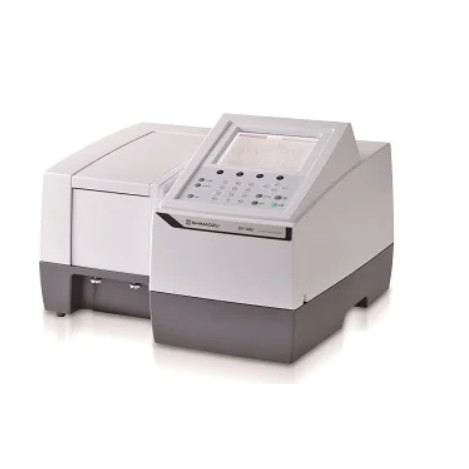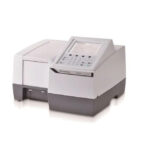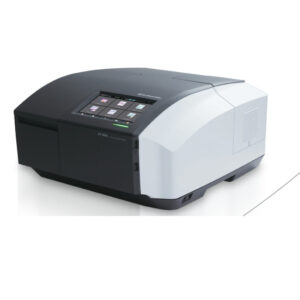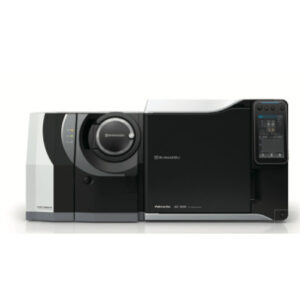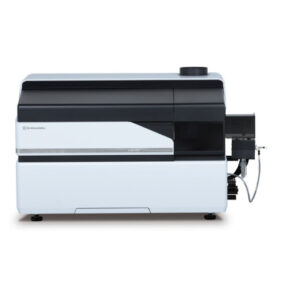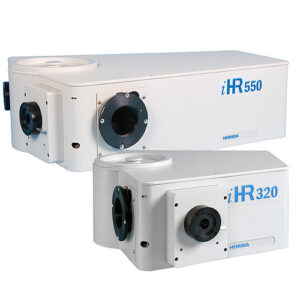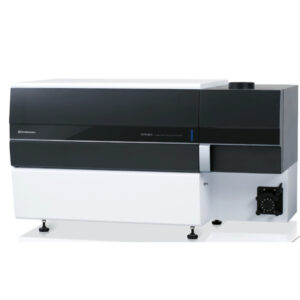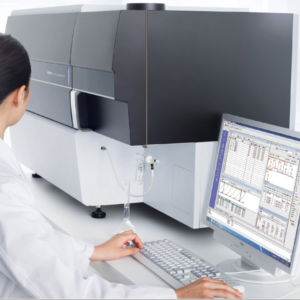UV-VIS Spectrophotometer
Designed by the leaders in UV-Visible Spectroscopy for molecular absorption quantitative analysis, the UV-1280 Multipurpose UV-Visible Spectrophotometer offers wavelength scanning from 190-1100 nm.
This lower-cost, high-quality instrument is ideal for applications ranging from routine environmental and food quality testing to life science analyses.
- Description
- Additional information
Description
HIGHLIGHTS
Easy to Operate
Easy-to-see LCD and buttons ensure simple measurement and instrument validation operations
Stable Measurements
+ Combined monitor double-beam system for the D2/WI lamps.
+ Highly stable analyses in a compact unit.
Data Storage on USB Flash Drives
+ Data from the unit can be saved directly to a USB flash drive.
+ Data can be displayed using commercially available spreadsheet software.
A Wealth of Measurement Modes
+ From photometric measurements to DNA/protein quantitation.
+ Fully equipped with the programs needed for UV/VIS analysis, even for high-level multi-component quantitation.
+ Accommodates a variety of applications due to a wealth of available accessories.
| Spectral bandwidth | 5 nm |
| Wavelength range | 190.0 to 1100.0 nm |
| Wavelength display | 0.1 nm increments |
| Wavelength setting | 0.1 nm increments (1 nm increments when setting scanning range) |
| Wavelength accuracy | ±1.0 nm |
| Wavelength repeatability | ±0.3 nm |
| Wavelength slew rate | Approx. 6,000 nm/min Wavelength scanning speed: Approx. 9 nm/min to 1,600 nm/min |
| Light source switching | Select from the following three: + Automatic switching linked to the wavelength The switching wavelength can be selected between 295 nm and 364 nm. The recommended wavelength is 340 nm. + Use the halogen (WI) lamp only, with no switching + Use the deuterium (D2) lamp only, with no switching |
| Stray light | 0.05 % or less (220.0 nm NaI, 340.0 nm NaNO2) |
| Photometric system | Monitor double beam optics |
| Photometric range | Absorbance: -0.3 to 3.0 Abs Transmittance: 0.0 % to 200 % |
| Recording range | Absorbance: -4.0 to 4.0 Abs Transmittance: -400 % to 400 % |
| Photometric accuracy | ±0.005 Abs at 1.0 Abs ±0.003 Abs at 0.5 Abs Using NIST 930D filter |
| Photometric repeatability | ±0.002 Abs at 1.0 Abs |
| Baseline stability | ±0.001 Abs/h or less (700 nm, two hours after the power is turned ON) |
| Baseline flatness | ±0.010 Abs or less (one hour after the power is turned ON, at 1,100 nm to 200 nm) |
| Noise level | P-P 0.002 Abs or less, RMS 0.0005 Abs or less |
| Baseline correction | Automatic correction via computer memory |
| Light source | 20 W halogen lamp (2,000 hour operating life) Deuterium lamp (socket type) Built-in light source auto position adjustment |
| Monochromator | Uses an aberration correcting concave holographic grating |
| Detector | Silicon photodiode |
| Sample compartment | Internal dimensions: 110.0 (W) × 230.0 (D) × 105.0 (H) mm (Depth of one part is 155.0 mm.) |
| Display | 6-inch LCD (320×240 pixels) With LED illumination With contrast adjustment function |
| Dimensions | W416 × D379 × H274 mm |
| Weight | 10 kg |
| Power requirements | 100 to 240 V, 50/60 Hz, 140 VA |
| Environmental requirements | Temperature: 15 °C to 35 °C Humidity: 30 % to 80 % Humidity of 70 % or less at temperatures of 30 °C or higher |
Chemicals
Transmittance Measurements of Films
Foods
Color Value Measurements of Food Dyes
Environmental
Transmitted Light Turbidity Measurement as per JIS K0101
Testing Methods for Industrial Water
Film Holder P/N 204-58909
Sample Size
Minimum: 16 (W) × 32 (H) mm
Maximum: 80 (W) × 40 (H) × 20 (t) mm
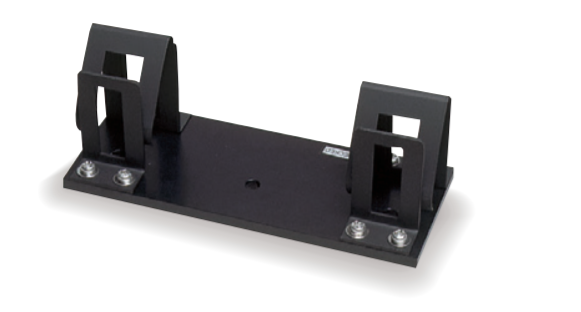
Didimium Filter P/N 202-30242-09
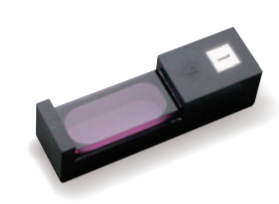
Holomium Filter P/N 202-30242-05
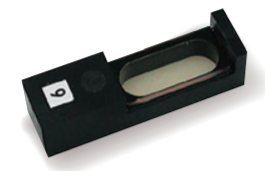
Four-Cell Sample Compartment Unit P/N 206-23670-91
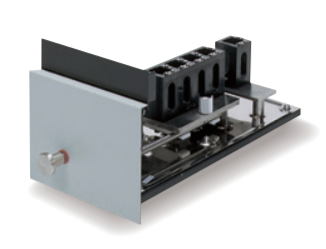
Sample Compartment Unit P/N 206-60184-07
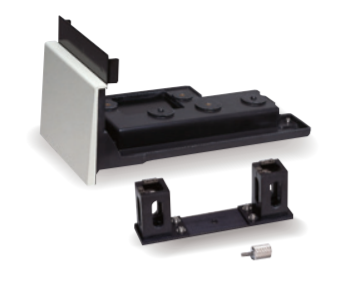
Six-Cell Sample Compartment P/N 206-60605-42
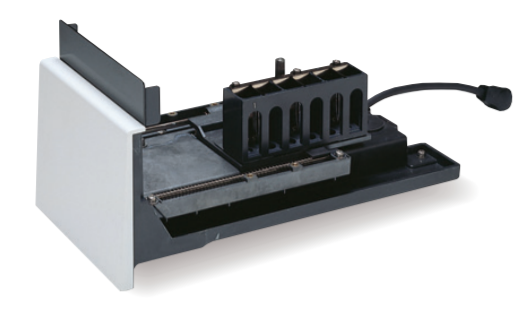
Universal Rectangular Cell Holder, Four-Cell Type P/N 204-27208
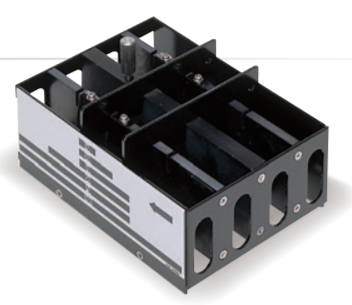
Reference-Side Long-Path Rectangular Cell Holder P/N 204-28720
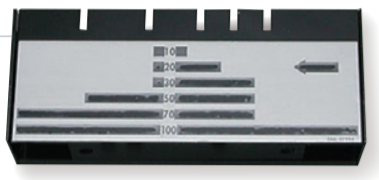
Four-Cell Type 50-mm Long-Path Rectangular Cell Holder
P/N 206-65898-41
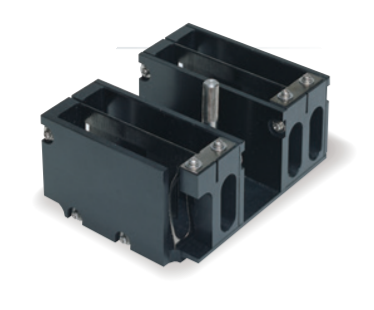
Long-Path Rectangular Cell Holder (For Wide Cells)
P/N 206-69421
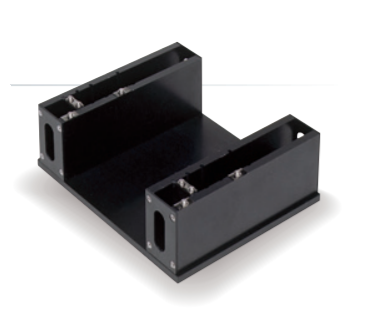
Long-Path Rectangular Cell (Wide Type)
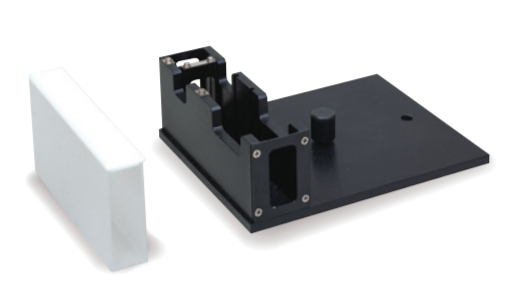
Cylindrical Cell Holder
P/N 204-06216-02
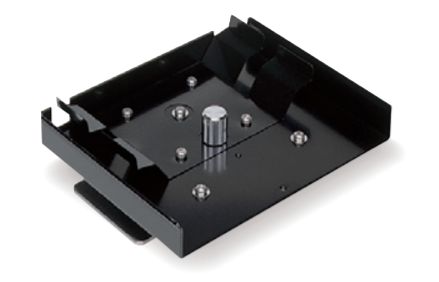
Super Micro Cell Holder
P/N 206-14334-01
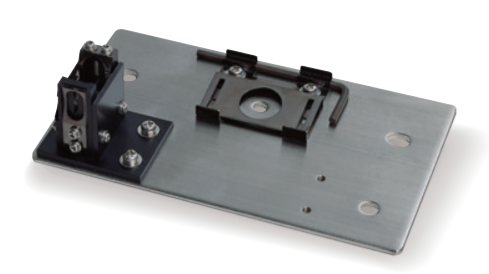
Micro Cell Mask for Six-Cell Holder
P/N 206-66828
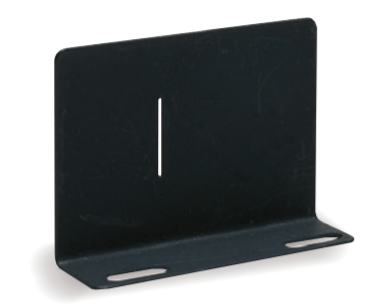
Constant-Temperature Cell Holder
P/N 202-30858-04
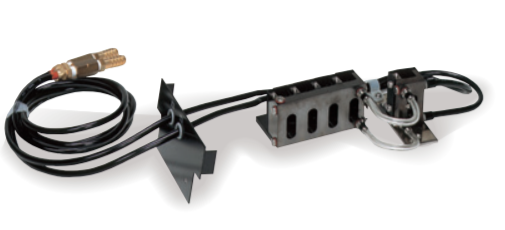
Constant-Temperature Four-Cell Holder
P/N 204-27206-02

NTT-2200P Constant-Temperature Water Circulator
P/N 208-97263
Circulates temperature-controlled water to a constant-temperature cell
holder.
+ Temperature range: Ambient +15 °C to 80 °C
+ Temperature control precision: ±0.05 °C or more
+ Maximum pumping rate: 27/31 L/min, 9.5/13 m (50/60 Hz)
+ External circulation nozzle: 10.5 mm OD (both outlet and return)
+ Tank capacity: About 10 L (9 L during use)
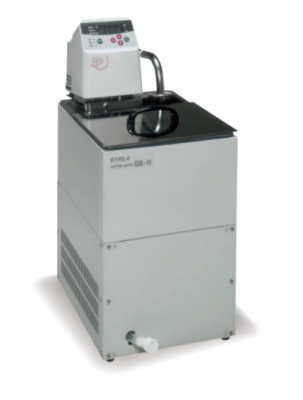
CPS-100 Cell Positioner, Thermoelectrically Temperature Controlled
P/N 206-29500-42/43/58
Combine with a Sipper 160 to build an automated multisample
spectrophotometry system.
+ The aspirating nozzle is programmed to move in the X, Y, and Z
(vertical) directions.
+ Up to 8 sets of operational parameters, including the sizes of racks and the numbers of test tubes, may be memorized in the battery back-up
protected files.
+ Up to 100 test tubes may be set together on the rack
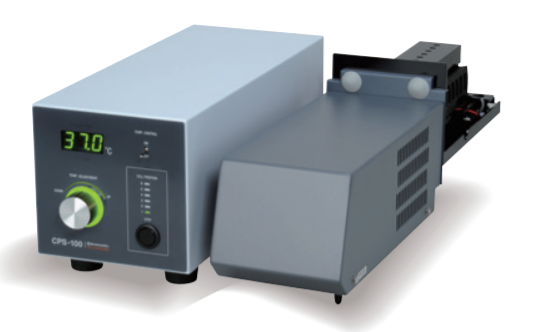
Micro Flow-Thru Cell with Holder : 10mm, 5mm
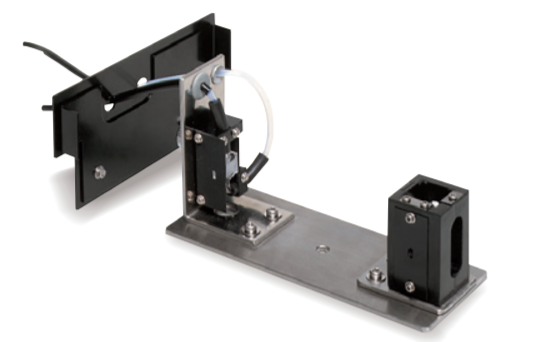
Front Panel with Holes
P/N 204-27588-03
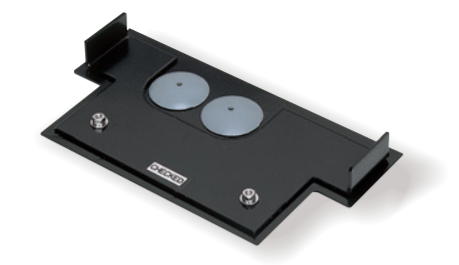
UV Automated System Connection Kit
P/N 206-80880-02
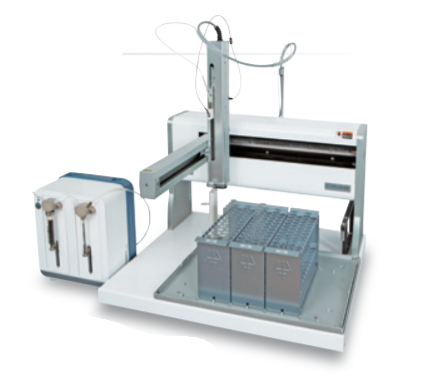
DPU-S445 Screen Copy Printer
P/N 207-23484-48
+ Dimensions: W145×D135×H58 + Weight: 490 g (without the adapter)
+ Thermal paper (10 rolls; P/N 088-58907-04)
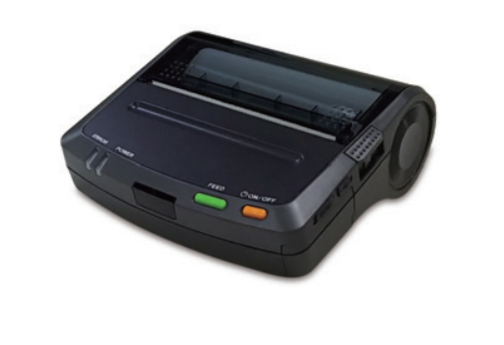
Cells
hotometric
1. Photometric modes: T% or Abs
2. Quantitation using K-factor method
3. Data table storage and recall functions
Spectrum
1. Measurement modes: ABS, T%, E
2. Number of repeat scans: 1 to 99
3. Recording system: Selection between single spectrum and data overlay
4. Data storage and recall
5. Data processing: peak/valley detection, arithmetic operations, differentiation, smoothing, area calculation, point picking, data reading at cursor-specified point
Quantitation
1. Measurement methods: 1-wavelength, 2-wavelength, 3-wavelength, and 1st to 4th derivative methods
2. Quantitation methods: Automatic concentration calculation using K-factor
Automatic concentration calculation using single-point calibration curve
Multi-point calibration curve method (1st to 3rd order regression curves)
3. Measurement parameters:
Number of standards (2 to 10)
Number of repeat measurements (1 to 10 times)
to obtain a mean value for quantitation
Additional information
| Type | Semiautomatic |
|---|

